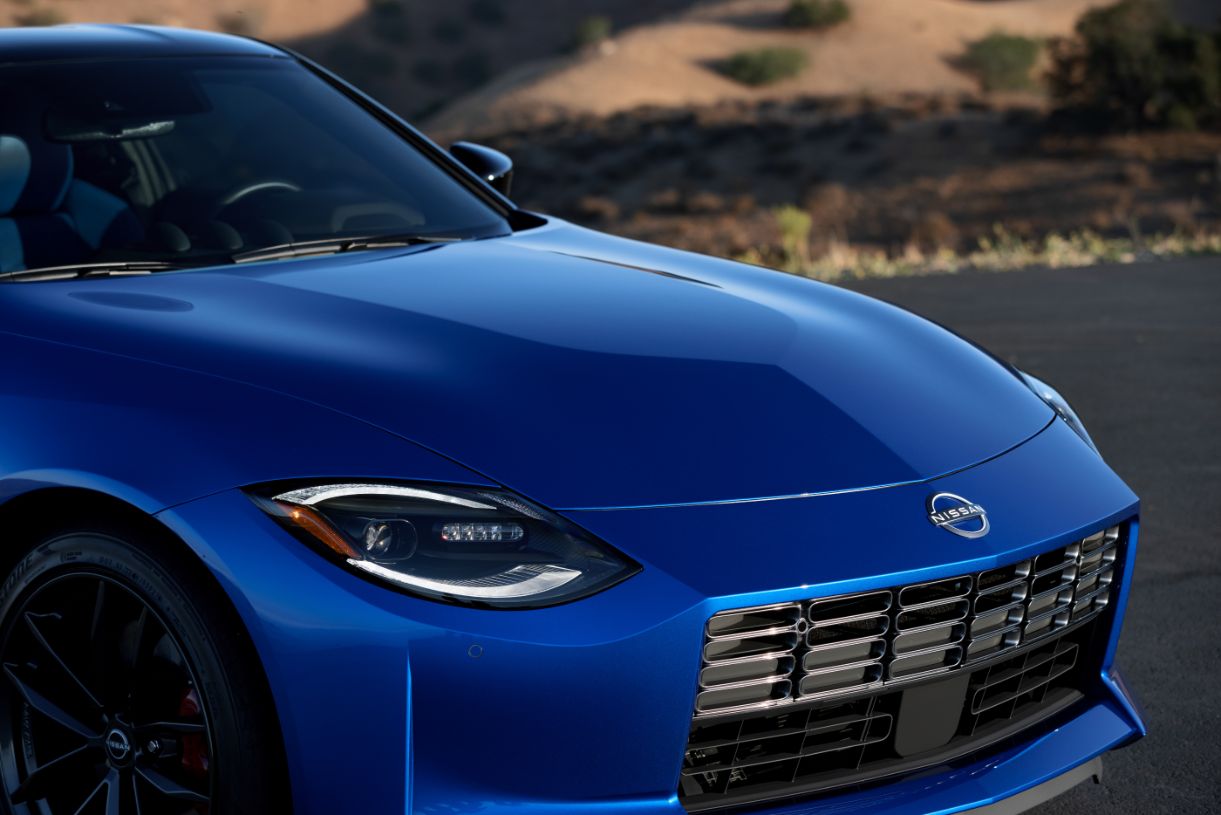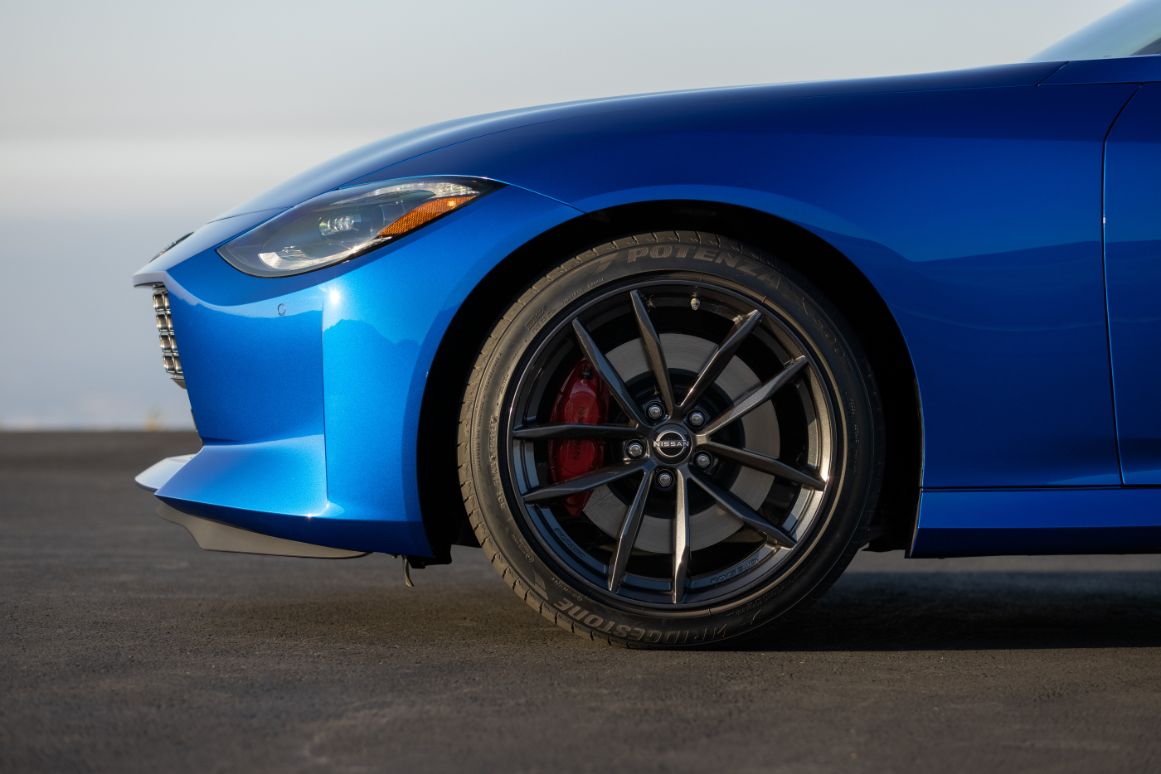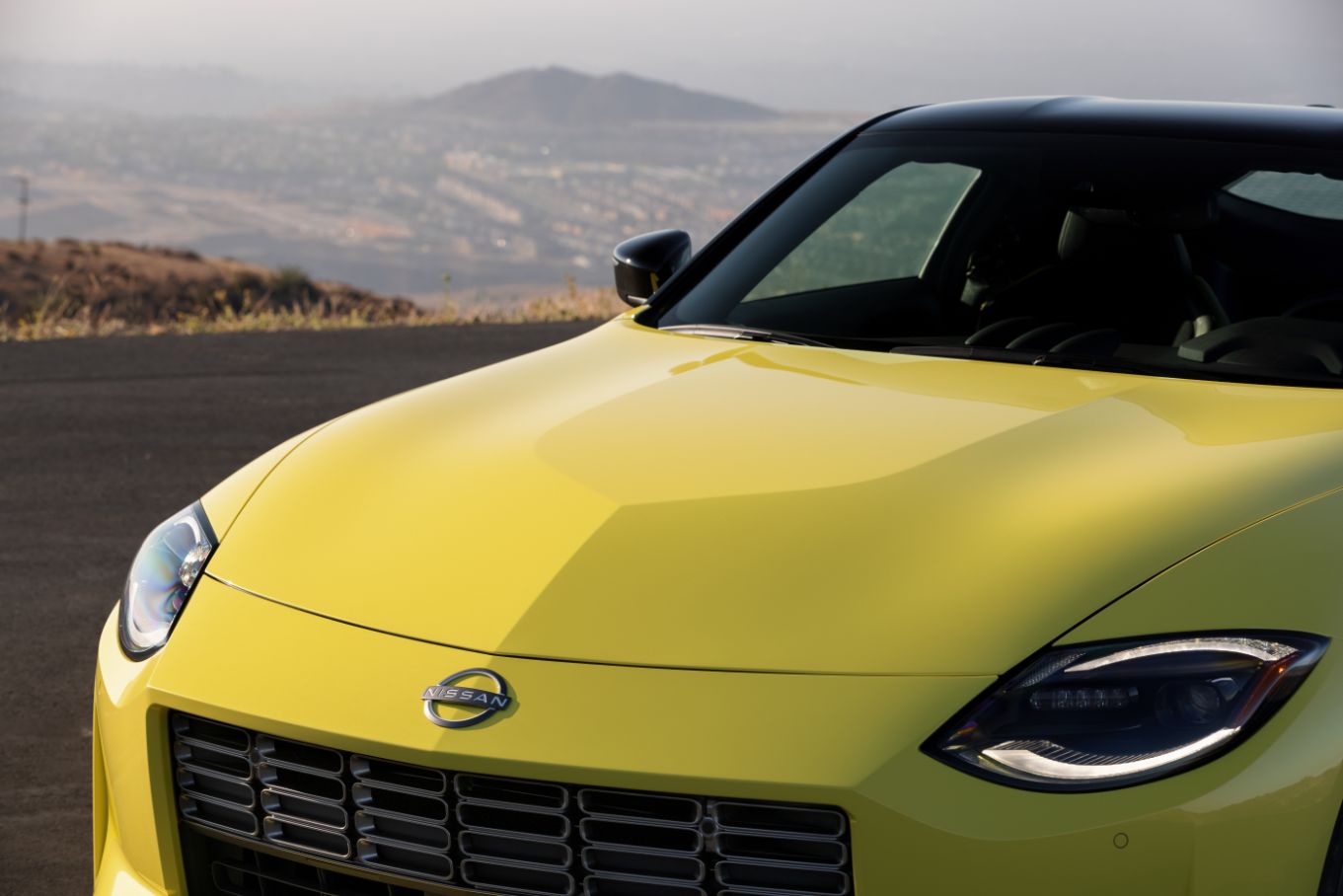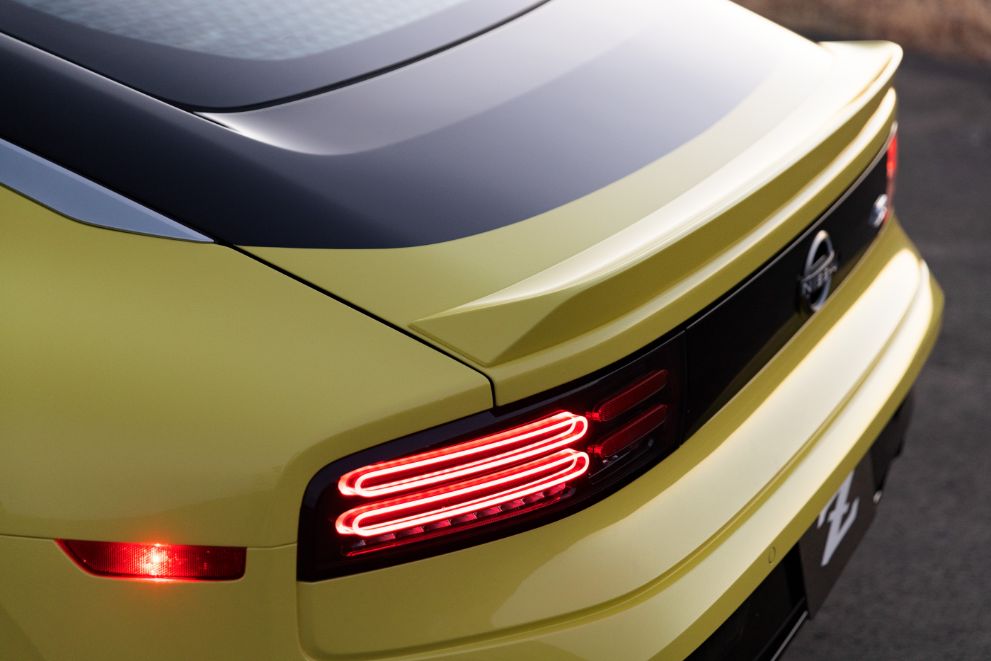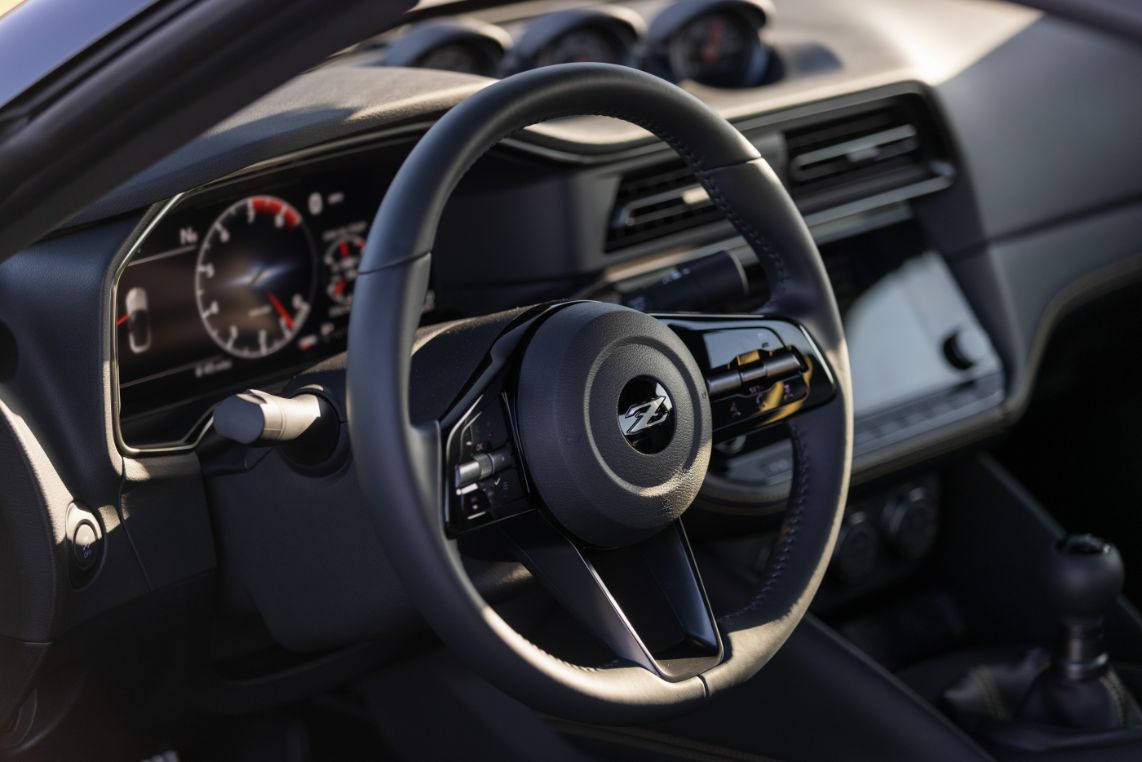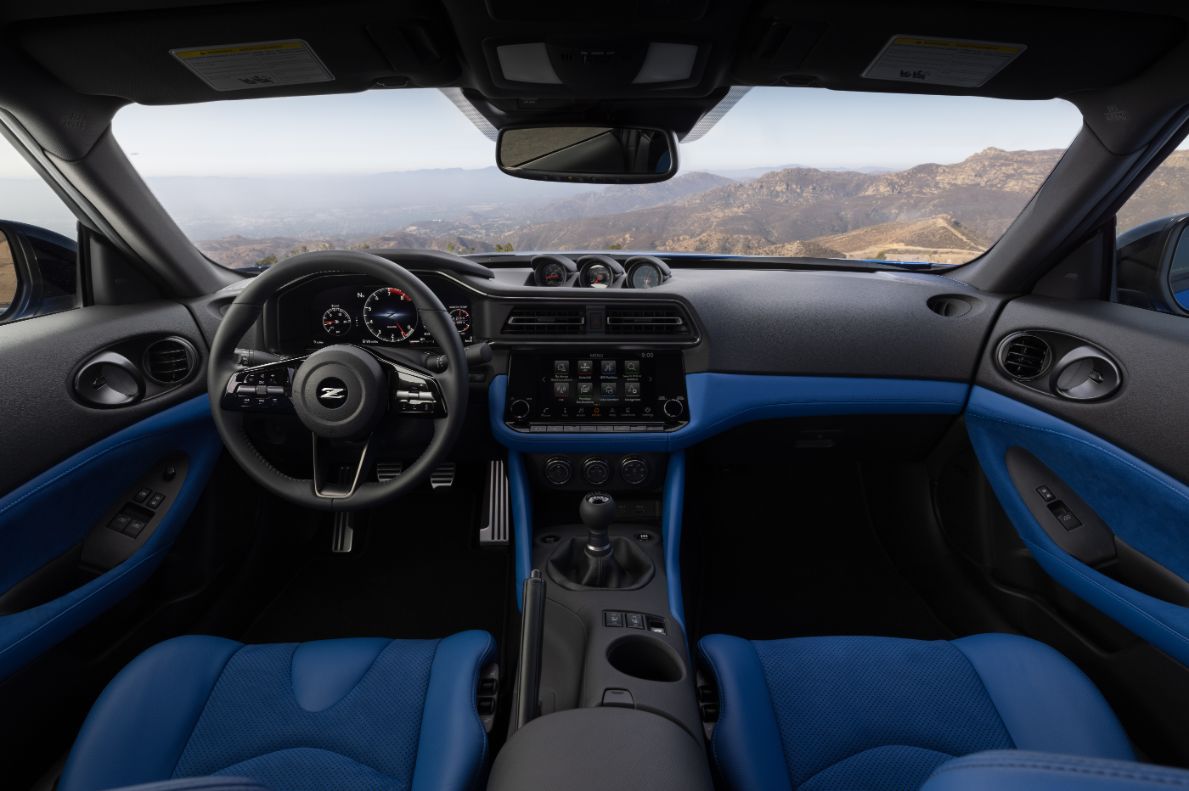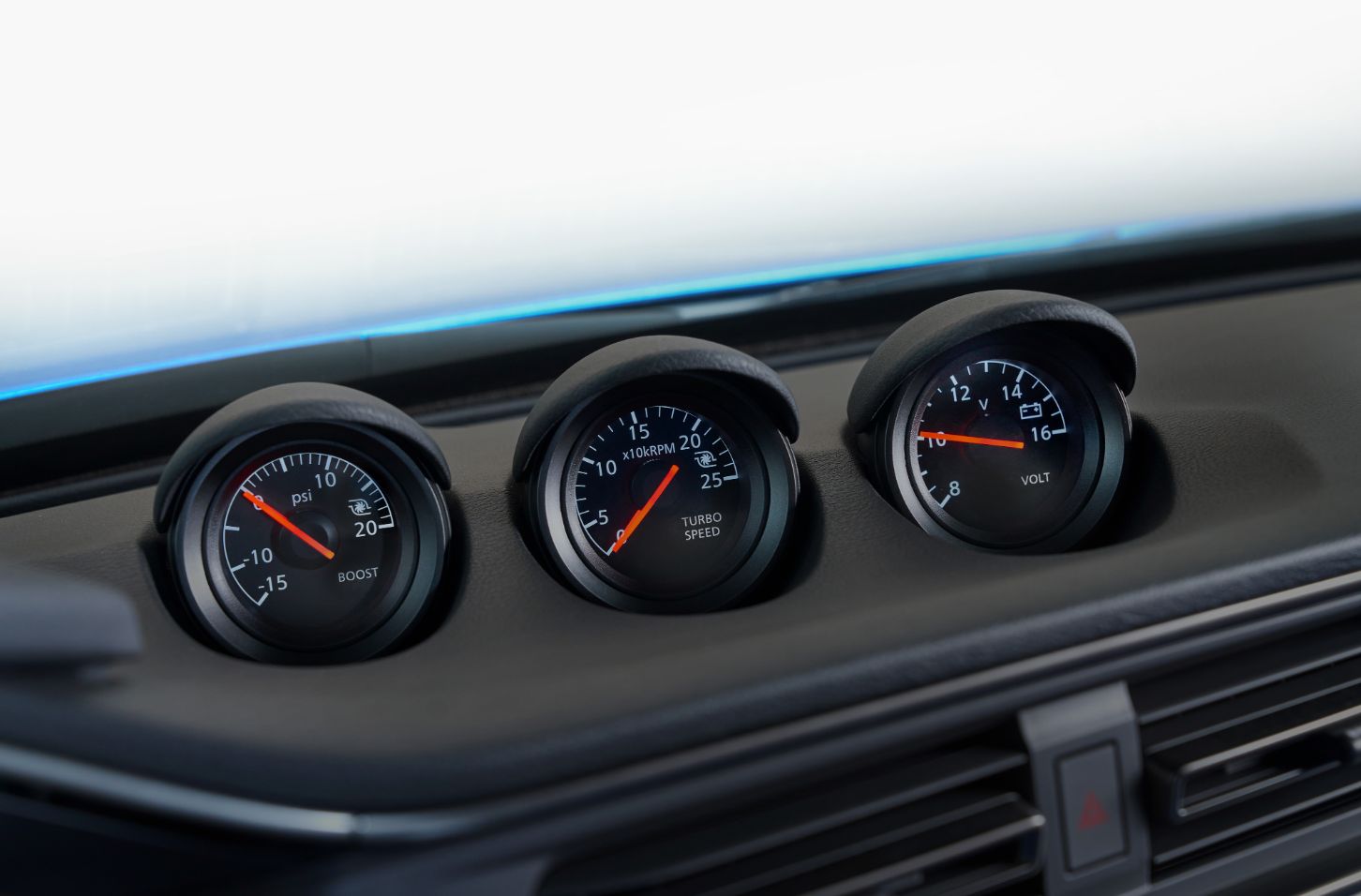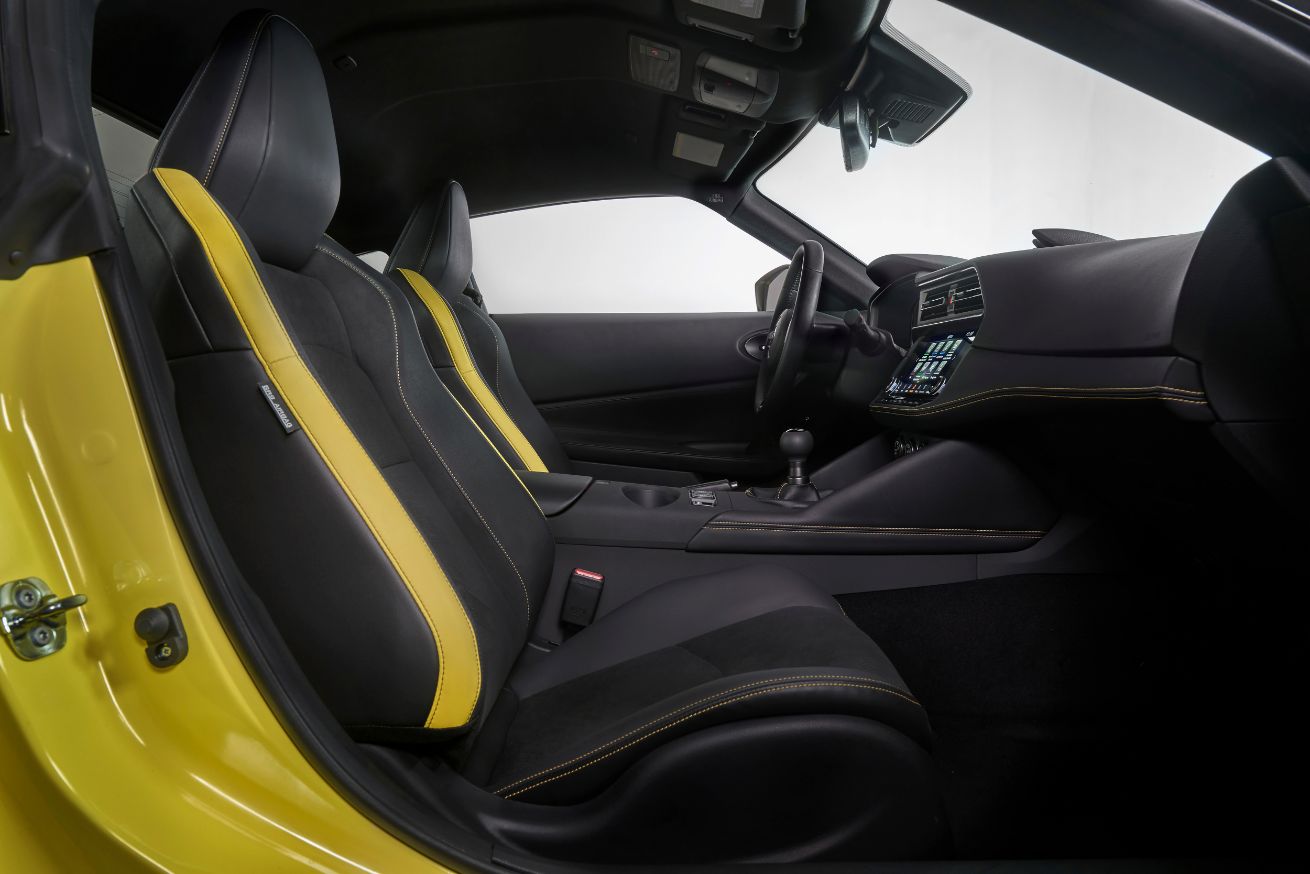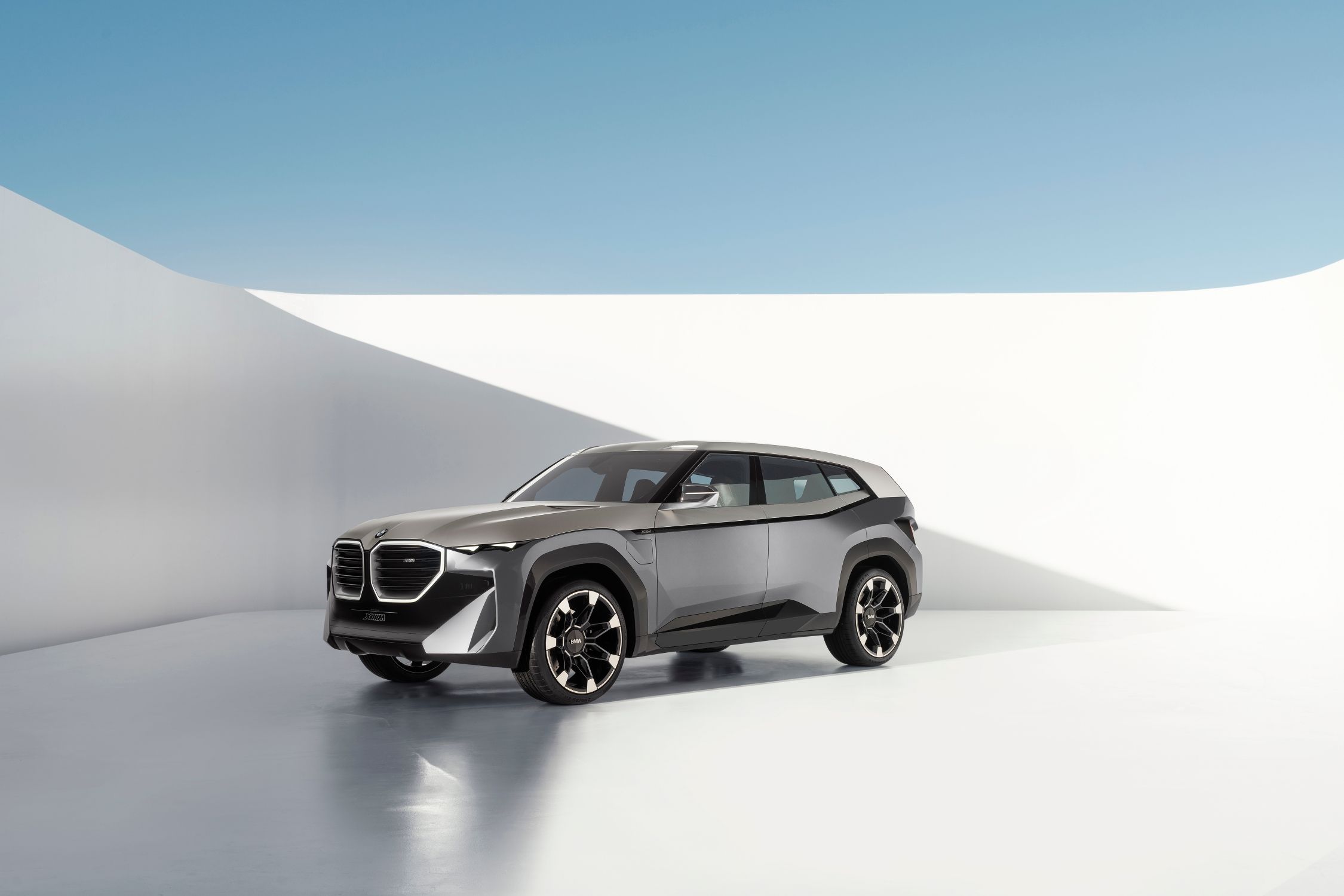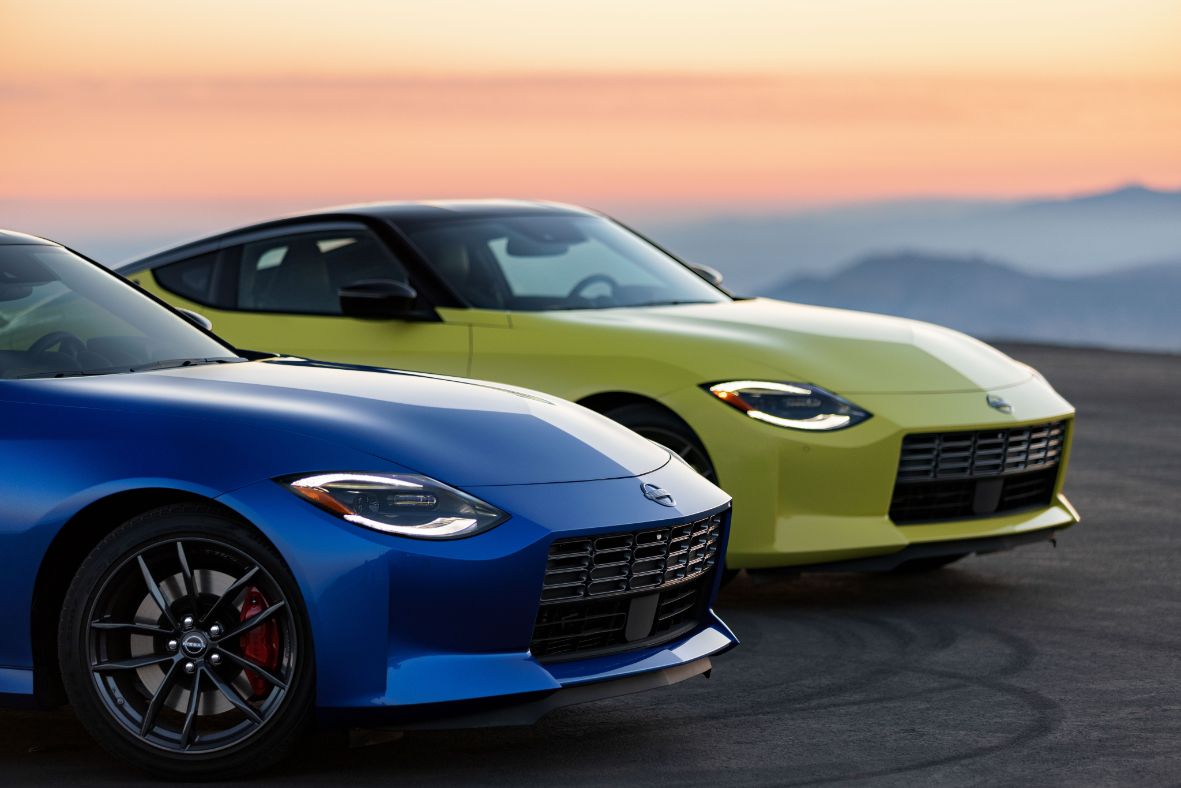
On August 17, 2021 Nissan Motor Co., Ltd. premiered the U.S.-market version of the all-new Nissan Z sports car at a special event in New York. The all-new, seventh-generation Z, representing more than 50 years of ongoing passion and dedication towards driving excitement, is scheduled to go on sale at Nissan dealers in early 2022. As a core model for Nissan, the Z helps maintain the “Nissan-ness” of the company as it continues its corporate transformation. At the center of the Z’s success are the fans, representing 1.8 million Zs sold, making it a global top-selling sports car. As an approachable sports car for the modern age, the all-new Z offers attractive styling, advanced technology and the thrill of exploring the open road to past and future generations of Z drivers and fans.
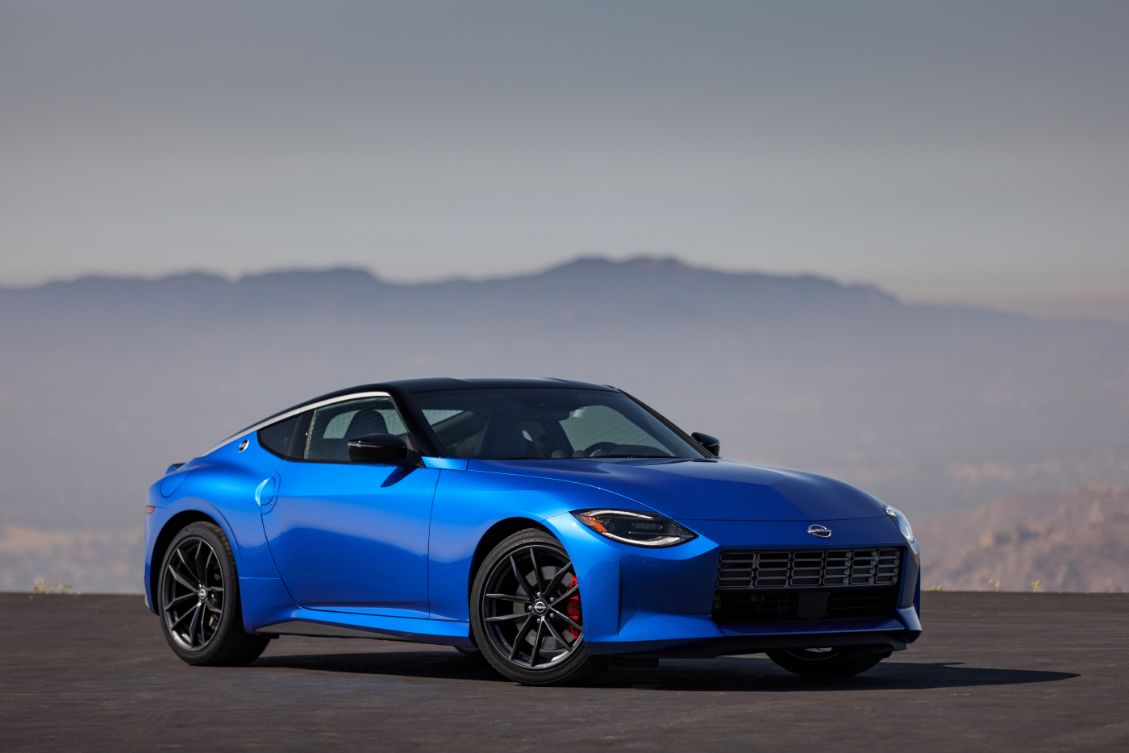
“For us at Nissan, the Z is a part of who we are, and represents years of our commitment to customers. Through the Z, we bring the latest sports car design, performance and excitement to as many people as we can," said Ashwani Gupta, chief operating officer/chief performance officer, Nissan Motor Co., Ltd.
An exhilarating, dynamic performer
The
original Z, which debuted in 1969, was built to bring the joy and excitement of
sports car ownership to as many people as possible. It was a car built for enthusiasts,
by enthusiasts, and that spirit and heritage continues with the launch of the
latest reincarnation of Z.
One
of the defining traits of Z has always been its bond between the car and the
driver – a physical and visceral connection, no matter the road ahead. That
human-machine bond dominates the new Z, especially in the presence of the
standard 6-speed manual transmission. As a physical touch point between driver
and Z, the 6-speed’s shifter glides to the next gear, almost instinctively,
with minimal effort. Also available is an advanced, quick response 9-speed
automatic transmission.
“Simply
put, our goal is to make this the best Z yet, period. With each generation, we
raise the bar, pushing the limits of Z and continuing to tap into the human
instinct for that next thrilling journey,” said Hiroshi Tamura, chief product
specialist of the new Z. “More than just powerful and agile, the all-new Z is
designed to be one with the driver, for the car to be a ‘dance partner’ for
their on-road adventures.”
The
all-new Z’s 3.0-liter V-6 twin turbo engine adds a significant increase in
power output over the previous generation 370Z. It is designed to deliver a
sharp, yet smooth response to the driver’s input. With an increase of 68 HP and
30 percent increase in torque, this latest Z is like nothing before it.
The
engine is rated at 400 horsepower (405 PS), and 350 lb-ft (475 Nm) of torque at
5,600 rpm.
With
the increase in power, the engineering team tuned the chassis, cooling,
suspension and steering to ensure the Z continues to support the driver’s
intentions. Getting behind the wheel, the Z feels new and modern, yet still
familiar.
In
a first for a rear-wheel drive Nissan vehicle, the 6-speed manual transmission
includes an advanced launch assist control system (Performance grade) that
helps deliver smooth acceleration from a stopped position. All automatic
transmission-equipped models feature the launch control system.
Manual-transmission-equipped models also feature a carbon-fiber composite drive
shaft and Downshift Rev Matching.
The
new, optional 9-speed automatic transmission offers direct and quick response
thanks to its wide gear ratios. Drivers can experience a satisfying engagement
that keeps the thrill of Z power and performance in sync with the driver.
When
it comes to delivering predictable, responsive handling, the engineering team
took a multi-prong approach, especially for high-speed driving and cornering.
Enhanced body rigidity, an electronic power steering with rack assist and a
strong mechanical feel and wider front tires help increase cornering
performance up to 13 percent.
Both
front and rear dampers use a new monotube shock absorber design with a larger
diameter than the outgoing 370Z, resulting in approximately 20 percent
reduction in dampening force to help minimize impact shock over uneven
surfaces, enhance road-following performance and improved handling stability.
The front double-wishbone aluminum suspension features new geometry, including
caster angle which has been increased, aiding in straight line stability.
Two
drive modes are offered with the automatic transmission, standard and sport.
Standard mode is best suited for commuting and long highway drives for a
pleasant, stress-free drive. Sport mode unlocks the Z’s performance potential,
offering faster acceleration control, a sports-mode steering profile, active
sound enhancement and sports-mode vehicle dynamic control setting best matched
to take on a spirited run through a winding road. Z Performance grade models
utilize a mechanical clutch-type limited-slip differential.
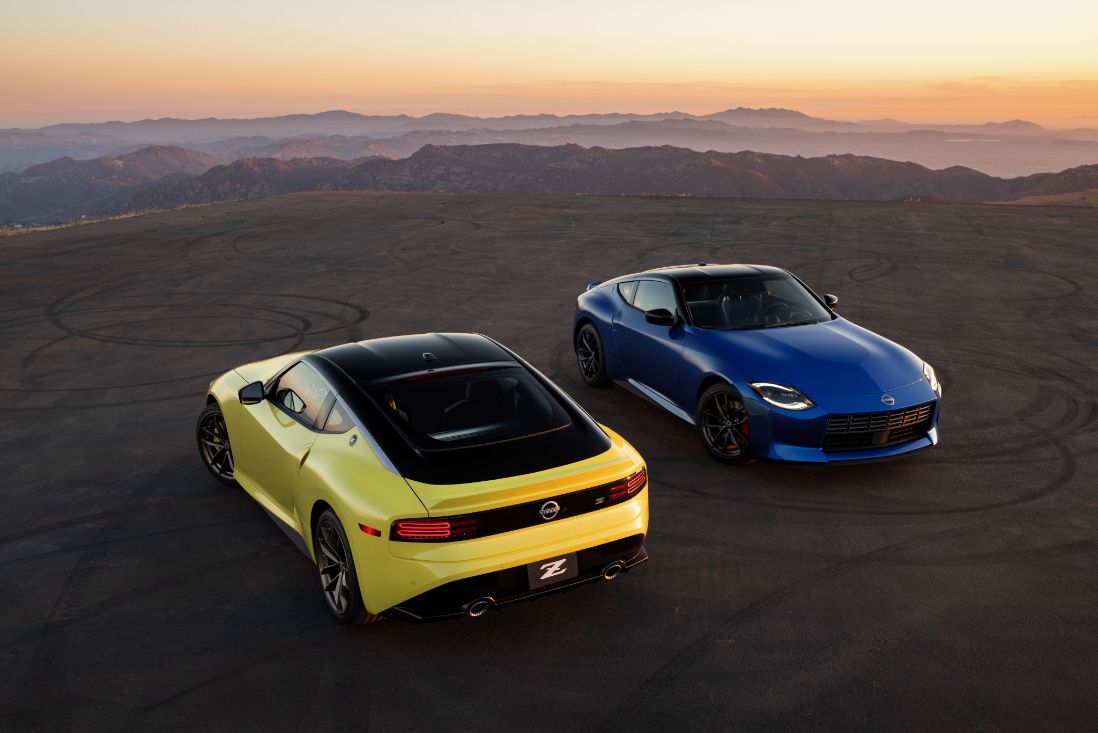
Z exterior – past meets future
The
all-new Z boasts a sleek exterior design with an appearance that communicates
respect to its lineage. Its long hood and short deck are fundamentally Z, with
a fresh look that is love-at-first-sight. The design theme for the exterior and
interior of the new Z is “tradition with modern technology.”
“Our
designers listened to thousands of current Z owners, made countless studies and
sketches as we researched each generation and what made them a success,” said
Alfonso Albaisa, Nissan’s senior vice president of global design. “Ultimately,
we decided the Z should travel between the decades, including the future.”
For
the exterior, the new Z takes on a traditional rear-wheel-drive sports car
design, with a long hood, lower rear stance and a silhouette that pays homage
to the first-generation Z. The designers utilized the latest technologies to
streamline the design, and incorporated LED lighting to give dimension without
unnecessary elements. The LED headlights have two half-circles that hark back
to the Japan market-only Fairlady 240ZG of the 70s, which fit naturally with
the new Z’s identity.
The
link to the original Z is most striking when viewing the all-new Z from the
side. The roofline flows from the nose to the squared-off rear to create a
distinctive first-generation Z profile, whose rear edge was slightly lower than
the front fender height giving the Z its unique posture.
The
signature transition from the rear quarter glass to the low-slung position of
the rear tail adds to the effect. The rear combination lamps incorporate modern
technology into the styling reminiscent of the Z32 300ZX, including new 3-D
signature LED taillights that are distinctly Z.
The
Z Performance grade features a rear spoiler that creates positive pressure
where the rear hatch and spoiler meet, mitigating rear lift. The front spoiler
takes advantage of knowledge gained through Nissan GT-R development to utilize
negative pressure zones.
The
all-new Z is available in three monotone exterior colors and six two-tone
exterior colors including two new colors, Seiran Blue and Ikazuchi Yellow –
both with a Super Black roof.
Z interior: modern tech with a vintage touch
Designed
to fit the driver and passenger like a glove, the cabin seamlessly blends
modern technology with vintage Z touches. The center stack takes inspiration
from previous generations, with three analog pod gauges on the instrument
panel, 8.0-inch touchscreen audio display in the center and climate control
switches near the shifter.
The
interior design team also sought advice from professional motorsports legends,
such as Nissan Super GT500 driver Tsugio Matsuda, to give the Z an
ideal sports car cabin for various driving situations. This can be seen in the
instrumentation, with all vital information found in the 12.3-inch customizable
digital meter display and arranged to help the driver grasp it at a glance,
such as the redline shift point at the 12 o’clock position. The 12.3-inch TFT
meter display is all-new with three display modes to suit driver preference.
The
new Z’s center stack uses a three-zone approach, placing three analog pod
gauges on the instrument panel (boost, turbo speed, volt) within the driver’s
eyesight. Both the manual and automatic shift levers are new, each of them
custom-engineered for optimized grip and comfort.
The
new, deep spoke steering wheel offers the driver quick access controls without
losing the vintage aesthetic.
The
design of the seats utilizes know-how from the GT-R’s development to enhance
both hold and fit. The expanded use of suede on the seatback suppresses initial
lateral shake on the body, creating more comfortable drives, as well as
reducing body movement when the vehicle is aggressively cornering.
Three
interior color environments are available – Graphite, Red and Blue. The limited
edition Proto Spec features yellow accents throughout the cabin, including
stitching on the instrument panel. The seats feature layered seat material to
create depth and a gradation effect.
Two models, one limited edition
For
the United States market, the all-new Z will be offered in Sport and
Performance grades, each with a choice of a 6-speed manual or new 9-speed
automatic transmission.
A
limited edition Nissan Z Proto Spec is also offered featuring exclusive
yellow-colored brake calipers with Z logo, bronze-colored aluminum-alloy
wheels, exclusive leather-appointed seats with yellow accents and yellow
interior stitching throughout. Production of the Nissan Z Proto Spec is limited
to 240 units.
“For
more than 50 years, the Z has been an accessible dream sports car, added Gupta.
Its timeless appeal is the result of the ongoing passion and dedication of
countless employees, working to deliver the thrill of the Z to past and future
generations."
Nissan
will be announcing details for the all-new Z for the Japan market, known as the
Fairlady Z, this winter.




